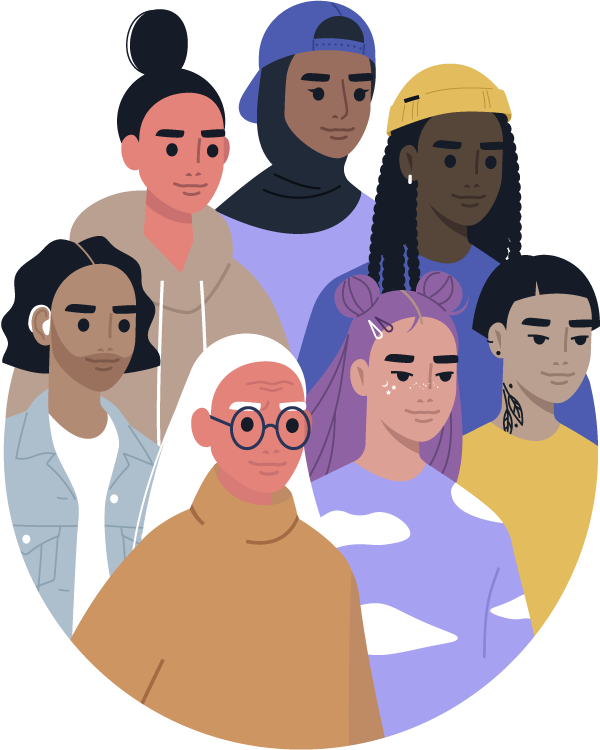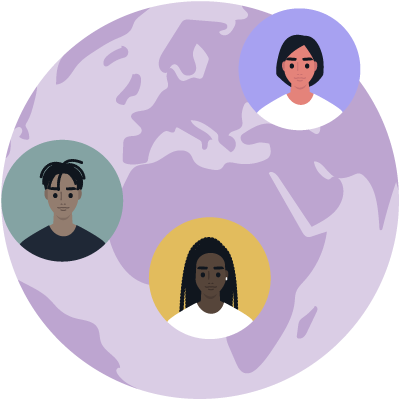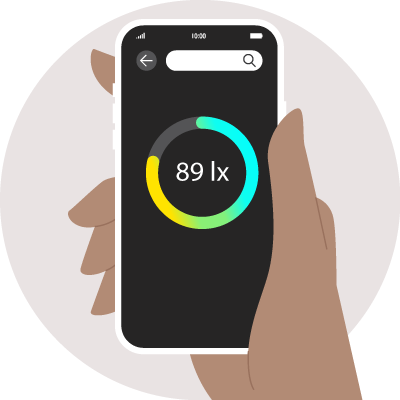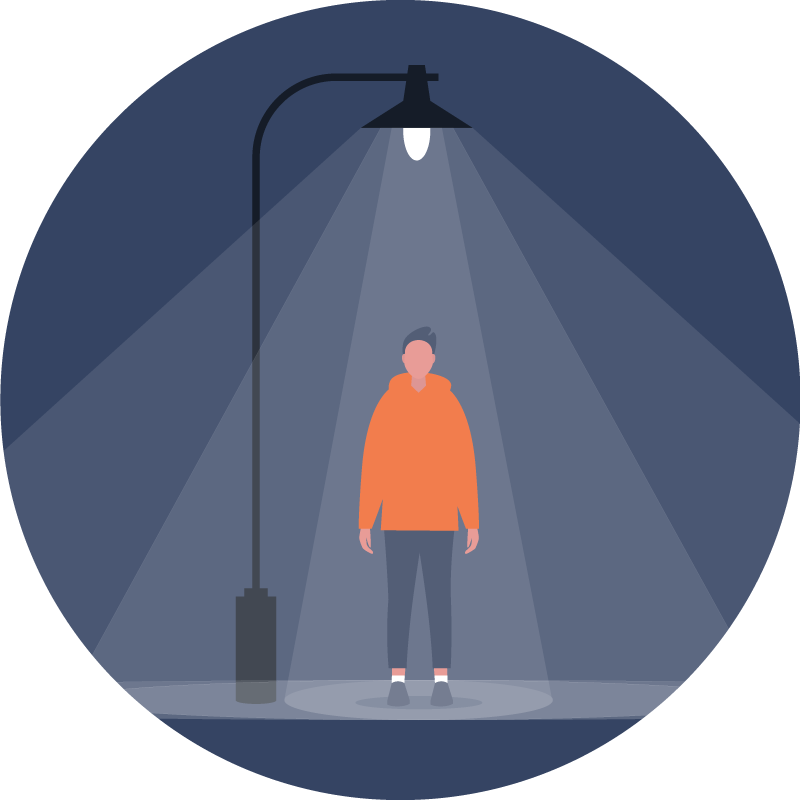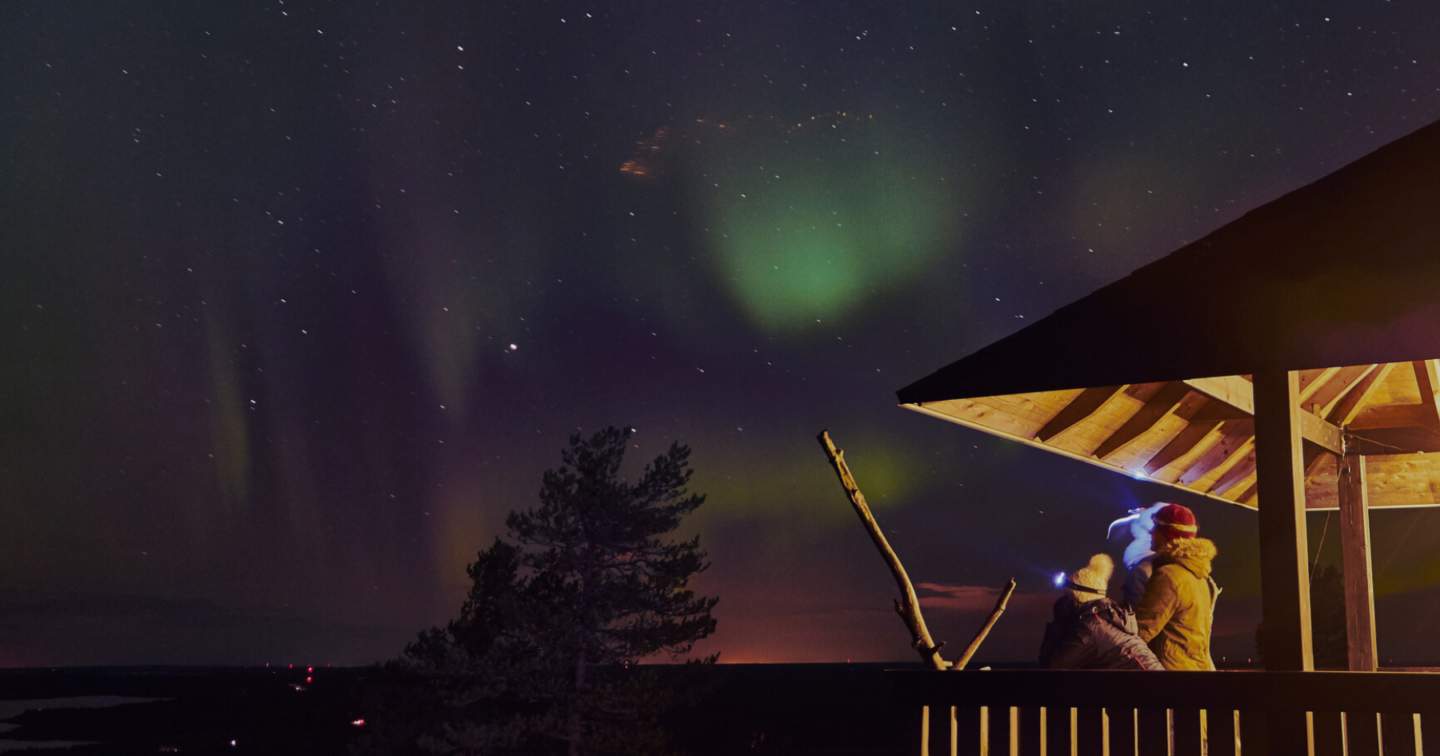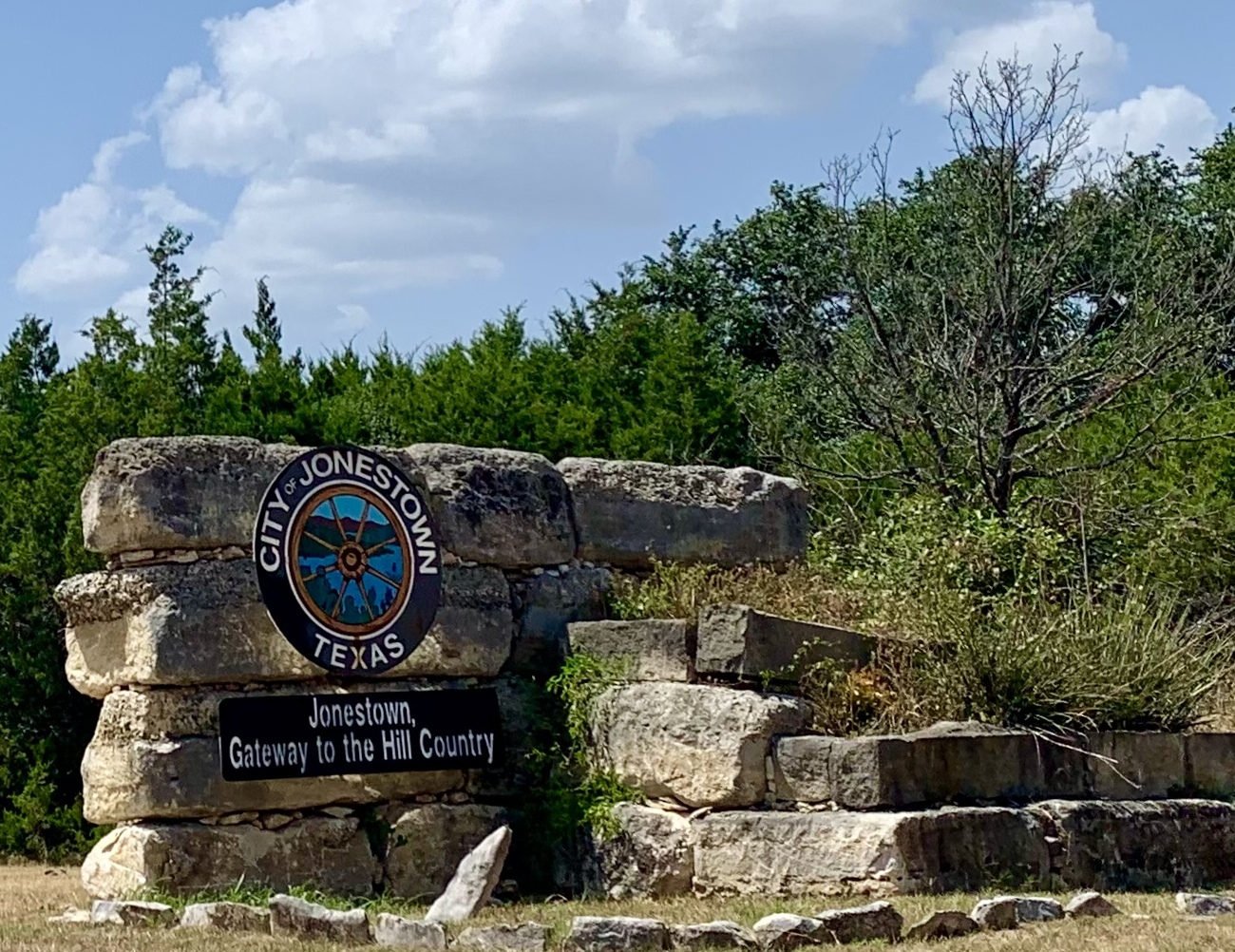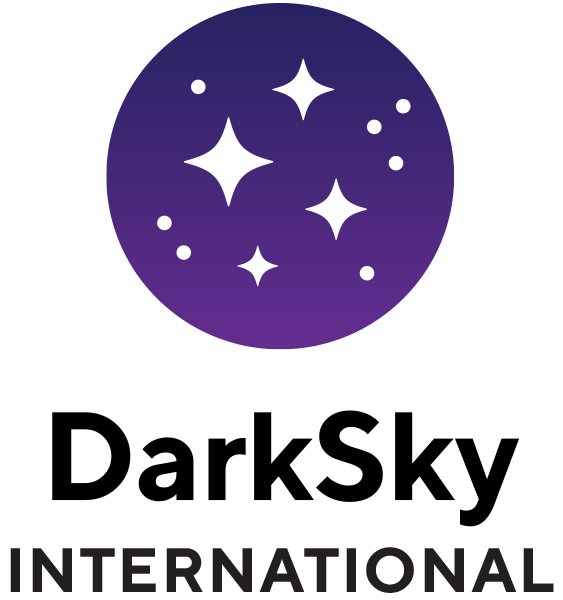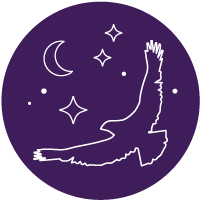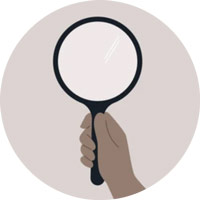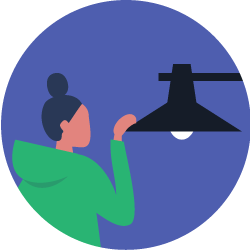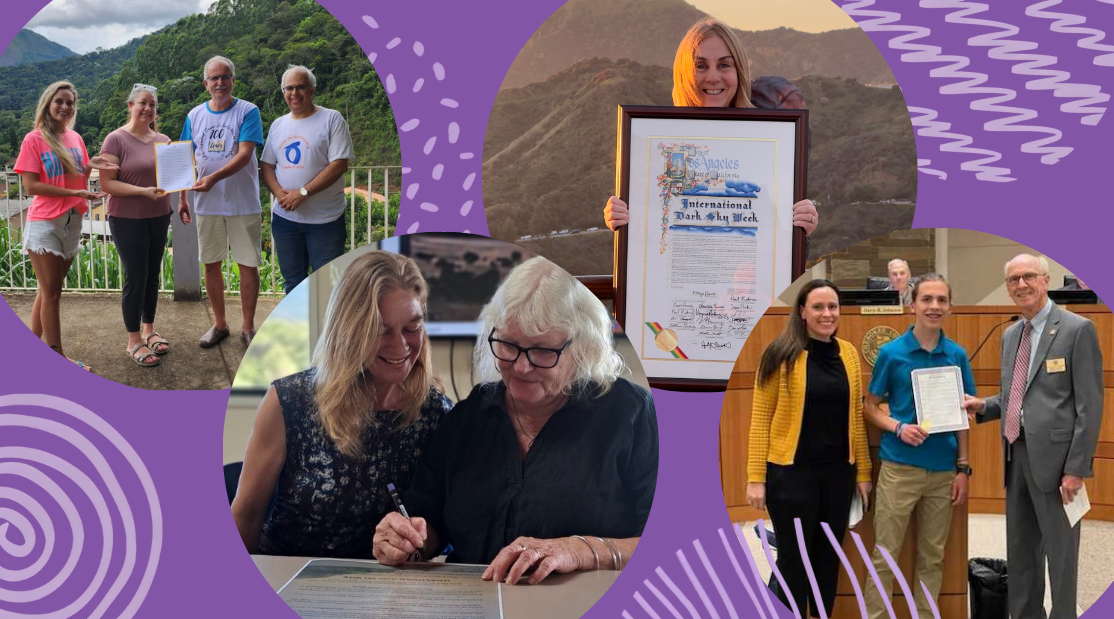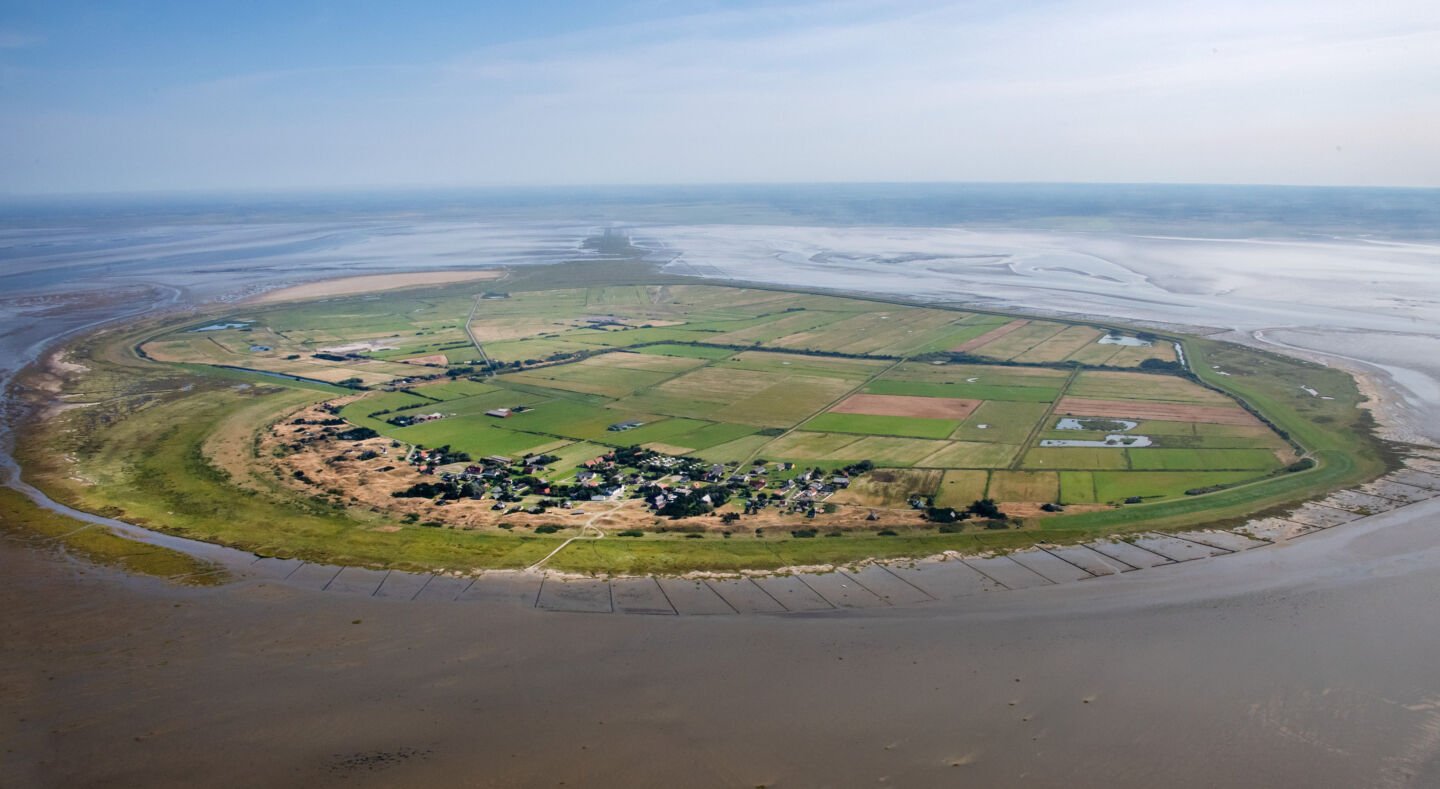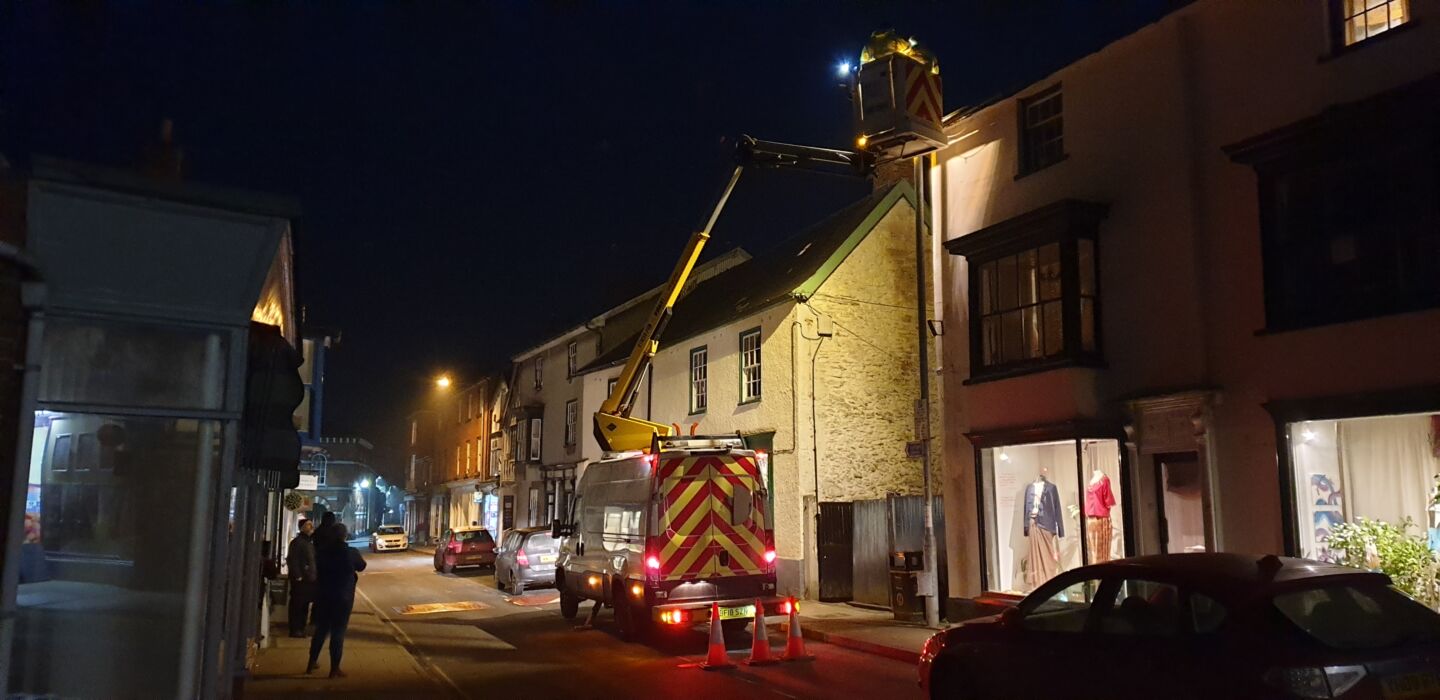
Alejandro Sánchez de Miguel: Light pollution researcher and space pirate
Alejandro Sánchez de Miguel, a light-pollution researcher and DarkSky Advocate, discusses his journey from aspiring space pirate to astrophysicist, emphasizing the importance of combating light pollution and inspiring future generations to appreciate the night sky.
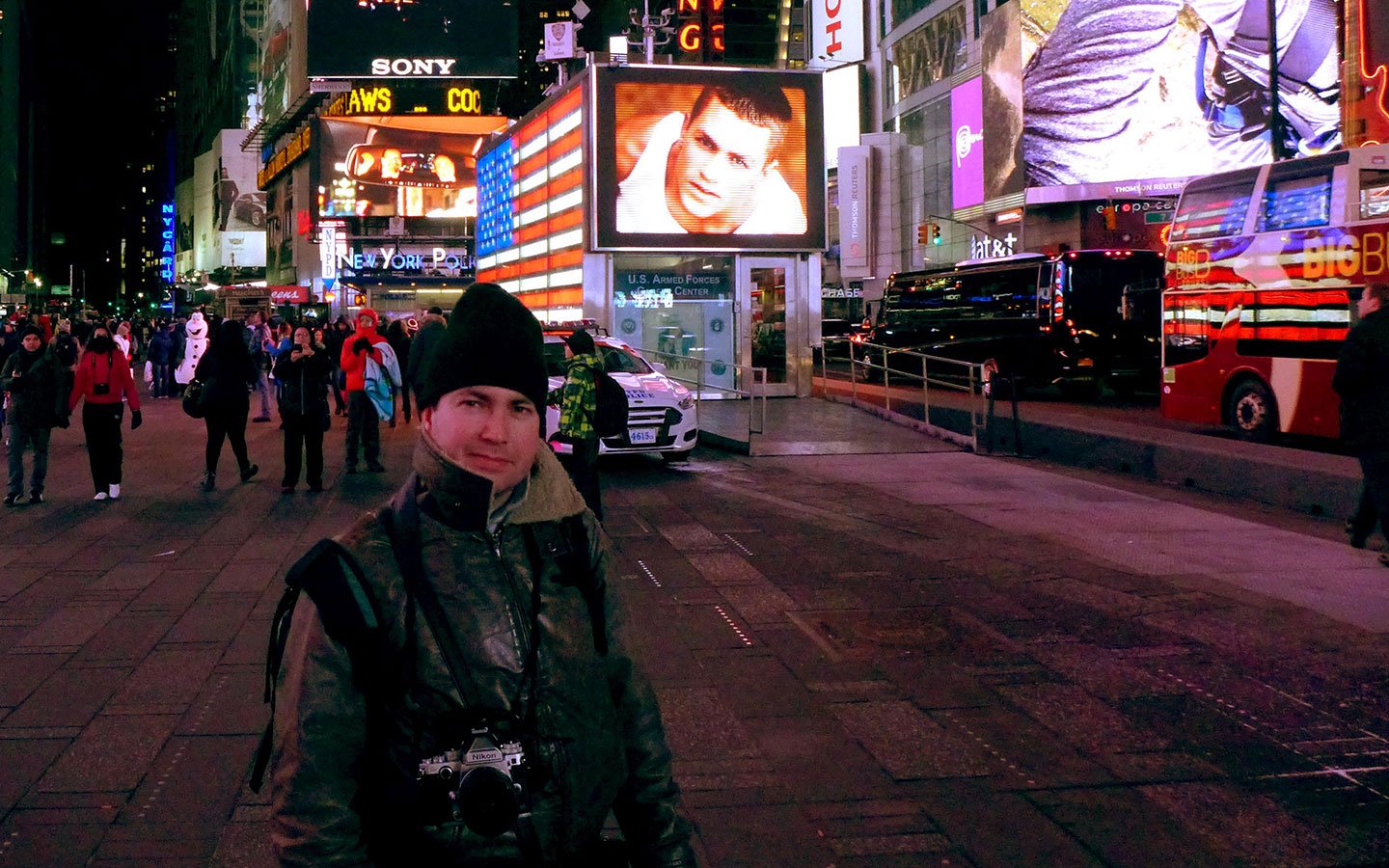
Each month the DarkSky International features a DarkSky Advocate from the worldwide network of volunteers who are working to protect the night. This month we’re highlighting the work of DarkSky Advocate and International Committee co-chair Alejandro Sánchez de Miguel.
Alejandro Sánchez de Miguel did not set out to be a light-pollution researcher. He wanted to be a pirate. The tagline on his personal blog reads: “Aquí podeis leer, ver las peripecias y pensamientos de un Piratilla del espacio” (Here you can read and see the adventures and thoughts of a space pirate).
When he was a child, Alejandro’s family moved inland to the small town of Robledo de Chavela, 65 miles (100km) northwest of Madrid.
“We lived in Santander, in the north of Spain on the coast, and moved from there to Madrid. There was no sea. I needed to use my small telescope to see faraway things.”

As fate would have it, just up the road from their house was NASA’s Deep Space Communication Complex (MDSCC), run by the Jet Propulsion Lab. The complex facilitates communication and control of interplanetary spacecraft and imaging. If you’ve ever seen a beautiful, full-color picture of Earth taken from space, there is a good chance it was downloaded in Alejandro’s hometown.
While there were no scientists in his family, he says they did have a passion for nature and his father taught him the constellations and encouraged his interest in astronomy. Alejandro also has dyslexia and found the deductive formulas of physics easier than literature. By the age of 14, he was teaching astronomy in summer schools and giving amateur lessons locally.
Growing up next door to a NASA facility, it seems like destiny that Alejandro would go on to become an astrophysicist. In 2014, he co-founded Cities at Night, a project using images taken by the International Space Station (ISS) to create the first full-color map of Earth at night.
But Alejandro’s main focus is on light pollution. As one of the first and only dedicated researchers on the topic (about to embark on a new position with Universidad Complutense de Madrid), he essentially paved the first path for a career in light-pollution research.
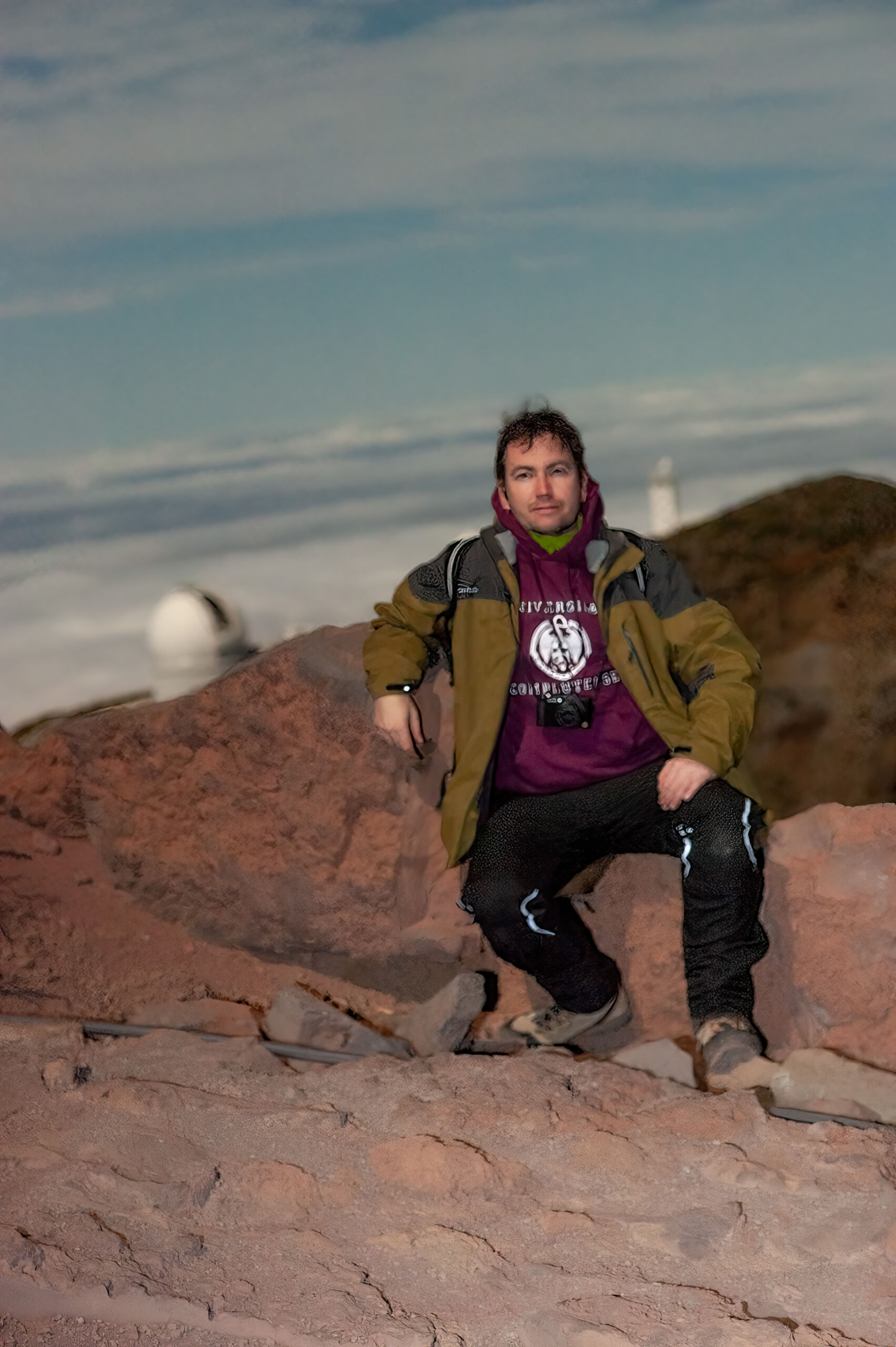
“At the age of 16, I was already concerned about light pollution and I had a meeting with the vice mayor of my town about light pollution. It all started because a new construction development was creating so much light pollution that it was not allowing me to sleep when it was cloudy,” he says.
It would not be a stretch to say that Alejandro knows more about light pollution than almost any other human being on Earth. Though he is quick to credit his colleagues Jaime Zamorano and Salvador Xurxo Bará Viñas, both of whom were 2021 DarkSky International award recipients (“They are my masters; all that I have done is thanks to them,” he says of them). Alejandro also won the DarkSky International Dark-Sky Defender award in 2014. He now sits on the Board of Directors for DarkSky and is co-chair of the International Committee, among a large handful of other titles and roles across Europe.
The relative lack of research on light pollution compared to other topics, like climate change, afforded Alejandro some early-career opportunities. He was still a student when he calculated the first light-pollution statistics of Europe and began calibrating images from the ISS. For Alejandro, this was a shock.
“You think to yourself, ‘Oh, this is too important, there have to be 20 people from NASA working on this.’ But actually, there was no one. Not only no one in NASA, no one in the world.”
A silver lining to this is that light-pollution advocates and researchers have a lot of agency to expand the field — try new things, undertake new research, or start a new advocacy group.
“It’s a mistake to assume that this is so important that someone else is already doing it. The advice that I would give is: find out. Don’t assume somebody else is doing the job. Because many times, nobody is doing the job.”
Alejandro has now published dozens of research papers on light pollution, the most important of which came out in September 2021. It was the first study of global light emissions between 1992 and 2017. The findings were staggering: light pollution has increased by at least 49% over 25 years globally. This figure only accounts for light visible via satellites. So, the true increase may be much higher — up to 270% globally and 400% in some regions.
“The thing is, we’re not only destroying nature. We’re destroying ourselves, in health and in heritage. My philosophy is, it’s better to do something than to do nothing, and what we face right now is ‘the nothing’. So we have to push,” he says. “What is going to happen if kids cannot go out and see the stars; if they can’t be inspired by astronomy?”
Alejandro’s story mirrors mine and so many of the advocates and researchers I speak to. An interest in the cosmos that formed at a young age by a family member pointing out the magic in the night sky. A child’s telescope providing a window into an ocean of stars.
“The positive thing for me in all of this is that there is hope. We have the technology, and we are getting the knowledge to use it,” Alejandro says.
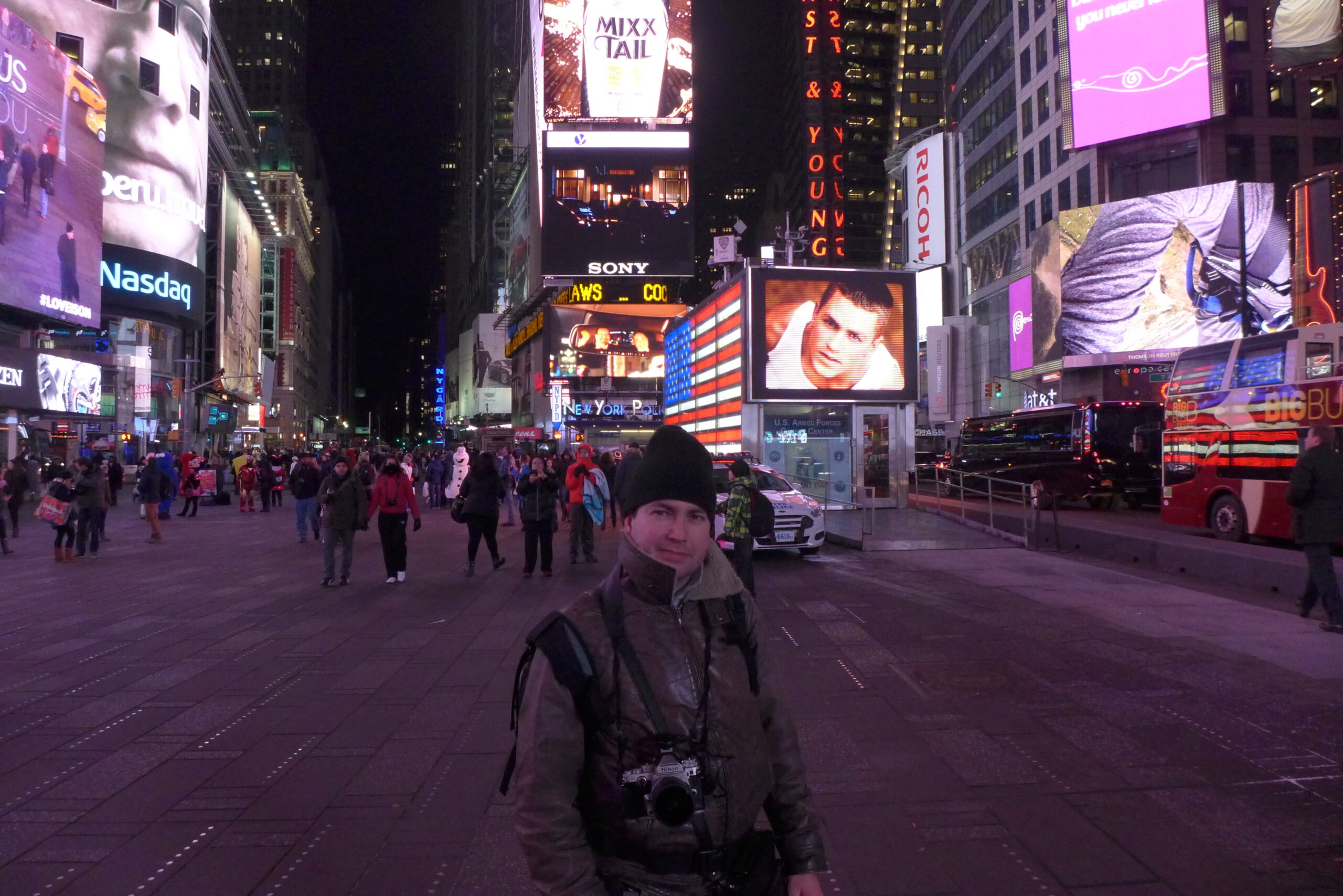
But he acknowledges that his hard-earned research is useless without the right communication and dedicated advocates to relay messages to the public, governments, and conservation NGOs.
By working together, says Alejandro, advocates, activists, astronomers, and researchers can all play to our strengths. And in this way, ensure the starry sky still sparkles to inspire future space pirates to explore the cosmic seas.
Alejandro Sánchez de Miguel’s research is available on Google Scholar, or you can follow him @pmission on Instagram, Twitter, or Facebook.

